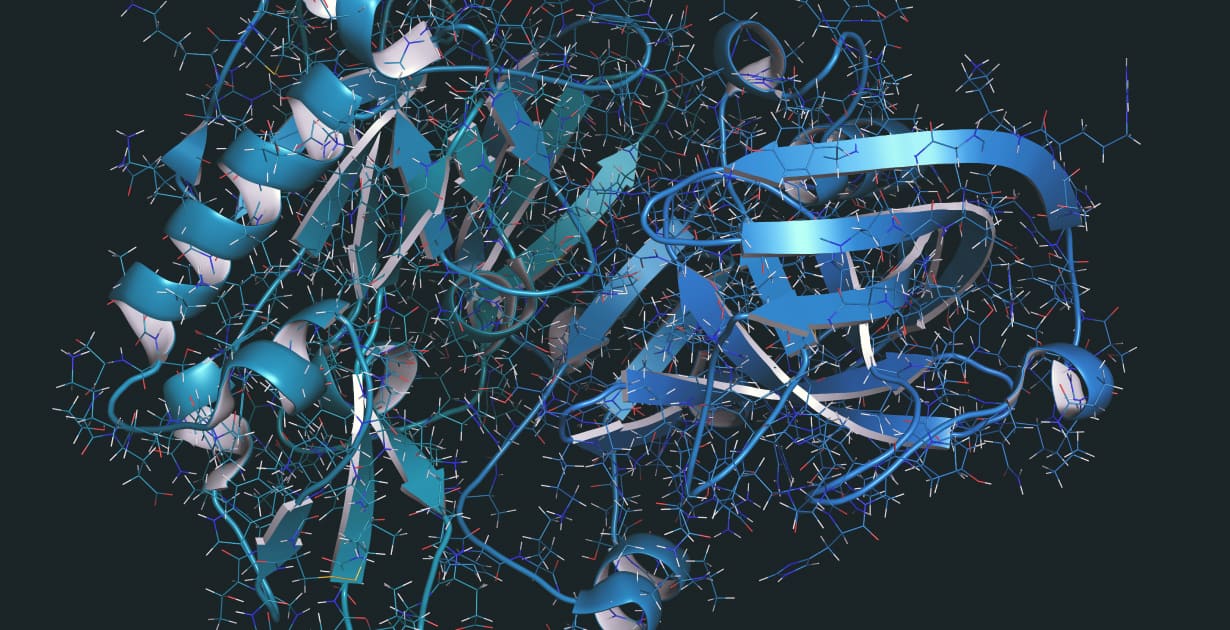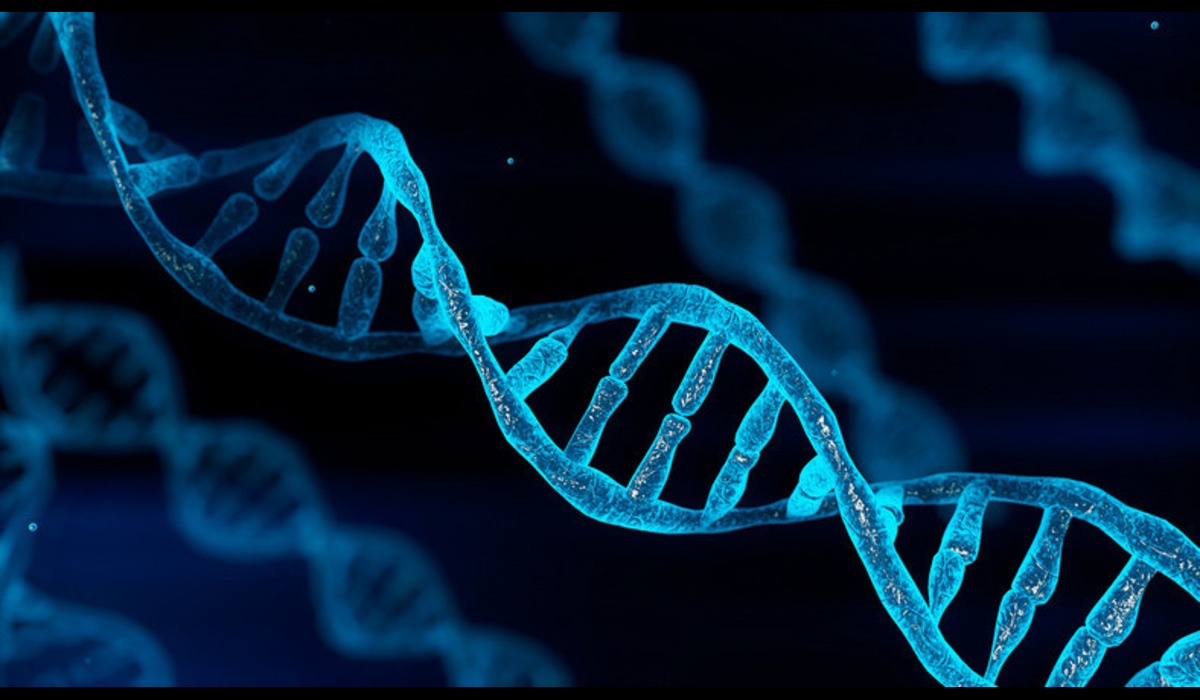Introduction:
proatese enzymes, commonly referred to as proate.se, play important roles in a variety of biological processes, including digestion, immune system functions, and cellular regulation. This article discusses proate.seand examines their structure, types, functions, benefits, and applications in specific disciplines.
What are proatese?
proatese are molecules that break down proteins into smaller peptides or amino acids by breaking peptide bonds. These molecules are important for several physiological processes including protein catabolism, cell death, and regulation of biological pathways. They are found in all living things including microorganisms, plants, animals, and humans.
proatese Structure
proa,tese have several different functions that are usually classified solely based on their catalytic mechanisms and living protein residues. Key lessons about proatese are as follows:
Serine proatese: These pro.atese contain a serine residue in their protein residues and are involved in processes, digestion, and blood clotting. They include trypsin and chymotrypsin.
Cysteine proatese: They contain a cysteine buildup in their protein residues and are crucial for cellular processes including apoptosis. Examples are papain and caspases.
Aspartate proatese: These proate.se characterized by having aspartic acid residues on their active side and are responsible for the breakdown and processing of proteins. Examples include pepsin and renin.
Metalloproteases: These proteases require a metal ion, usually zinc, for their active sites. They play a role in the transformation and breakdown of tissues. Examples include matrix metalloproteinases (MMPs).
Functions of proatese
proatese are involved in several natural cycles, some of which include:
Assimilation: proatese, including pepsin, trypsin, and chymotrypsin, are important for the breakdown of dietary proteins into absorbable units in the gastrointestinal tract.
Immune response: proa.tese, along with granzymes, are involved in cellular immune functions including the destruction of inflamed or cancerous cells.
Cell Regulation: proateseregulate some cellular processes by turning proteins on or off through limited proteolysis.
Protein Turnover: They play a crucial role in breaking down and recycling proteins in cells and maintaining cellular homeostasis.
Benefits of proatese
The diverse capabilities of proate.se lead to numerous benefits in many areas, including fitness, business, and biotechnology.
Health Benefits
Stomach Health: proatese supplements may aid digestion, especially in people with conditions such as pancreatic insufficiency or lactose insufficiency.
Soothing Properties: Certain proate.se, including bromelain from pineapple, exhibit soothing effects, making them useful in treating joint pain and sinus infections.
Wound Healing: Proatease facilitates wound healing by breaking down damaged proteins and promoting tissue transformation.
Industrial Benefits
Food Industry: proatese is used in the production of various foods including cheese, bread, and beer. They help tenderize meat and clarify beverages.
Detergents: Proatease is an important ingredient in detergents and helps remove protein stains such as blood, sweat, and food.
Leather Processing: Proatease is used in leather trim for dehairing and stuffing, making leather processing more environmentally friendly.
Biotechnology Applications
Protein Engineering: Proatease is used to evaluate the shape and properties of a protein, allowing for improved synthetic proteins with unique properties.
Pharmaceuticals: pro.atese are used to produce healing proteins and improve drugs that target proateseactivity in disease.
Types of proatese
proatese can be broadly classified based on their availability and mechanism of movement.
Based on source
Animal proates.e: Examples include pepsin, trypsin, and chymotrypsin, which are used primarily in digestive aids and in research.
Plant proatese: Examples include papain (from papaya) and bromelain (from pineapple), which are used in dietary supplements, meat tenderizers, and anti-inflammatory remedies.
Microbial proteases: These proat.ese are released by microorganisms and fungi and are used in commercial applications including detergents and bovine hide-based medicines.
Based on the mechanism of action
Endoproteases: These cut peptide bonds within a protein chain. Examples include trypsin and chymotrypsin.
Exoproteases: These cleave peptide bonds at the ends of the protein chain, both at the N-terminus (aminopeptidase) and the C-terminus (carboxypeptidase).
Therapeutic uses of proteases
proatese can be used in therapeutic programs, especially in the treatment of various diseases.
Disease therapy: Some protease inhibitors are being studied as effective anti-cancer drugs because of their ability to alter the side activity of a protease involved in cancer growth and metastasis.
Antiviral therapy: Protease inhibitors are a class of antiviral drugs used in the treatment of HIV and hepatitis C. These inhibitors block the activity of viral proteases and prevent the virus from replicating.
Cystic fibrosis: Investigations are underway to determine whether protease replacement therapies can help treat the gastric problems associated with cystic fibrosis by ameliorating missing or inappropriate proteases.
Challenges and future directions
Although proteases are extremely promising, they pose challenges to their large-scale use due to their stability, specificity and immunogenicity potential. Advances in protein engineering, artificial biology and nanotechnology are expected to address these challenges and improve the therapeutic and commercial opportunities of proteases.
Stability: Development of more stable proteases can improve their shelf life and performance under different conditions.
Specificity: Development of highly specific proteases can reduce unwanted side effects and improve therapeutic outcomes.
Delivery systems: Innovative delivery systems and nanoparticles can improve the bioavailability and targeted delivery of proatese-based total therapeutics.
Conclusion
proatese are flexible enzymes that play important roles in biological systems and offer tremendous opportunities in healthcare, industry and biotechnology. Understanding their structure, properties and applications can also open up new opportunities for innovation and beneficial developments. As research progresses, proteases may play an important additional role in shaping the predetermination of clinical and clinical advances.










